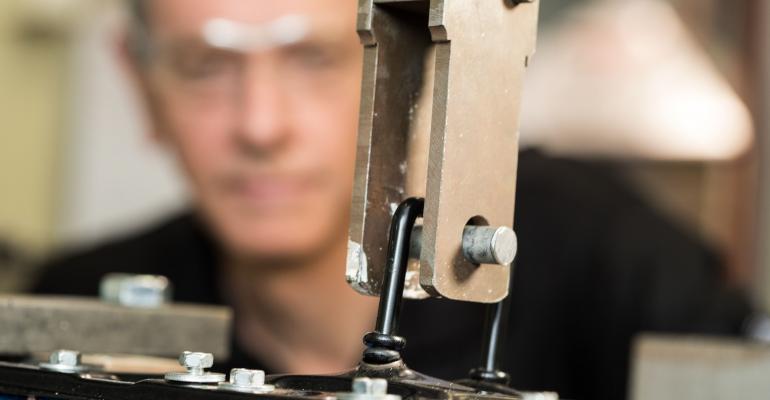The Australian auto industry launches a website for consumers to report suspected counterfeit car parts as the market battles a flood of dangerous knockoffs.
Launched by the Federal Chamber of Automotive Industries, the website aims to help investigators detect and seize counterfeit car parts. It has won support from the Department of Immigration and Border Protection.
FCAI CEO Tony Weber says the millions of dollars’ worth of counterfeit car parts seized over the past 12 months in warehouses from China to the Middle East have demonstrated the scale of this issue.
“It's an international trade which has been estimated to be worth A$15 billion ($11 billion) a year,” Weber says in a statement.
Information from Australian consumers who believe they have been sold or had their car fitted with a counterfeit part will be forwarded to the OEM so it can investigate any breaches of its intellectual property rights.
The OEM then will submit a formal notification to the Department of Immigration and Border Protection, which has the power to seize the property.
The online reporting site supports Weber’s call for more attention paid to substandard and often dangerous counterfeit parts.
“The component testing the FCAI has undertaken has shown that the manufacturing processes counterfeiters are using are capable of creating parts that look up to the job, but in circumstances where they need to perform and protect vehicle occupants they are not fit for purpose and, in many cases, are downright dangerous,” Weber says.
The new website was launched as laboratory testing on non-genuine parts by GM Holden engineers revealed flaws and substandard materials used in a critical safety-design feature on imported hoods.
The imitation hood striker wire, responsible for keeping the hood assembly safely latched during vehicle operation, failed GM Holden's critical testing criteria. If it failed on a vehicle it would result in the hood flying up and slamming against the windshield, leading to a loss of driver vision and control.
“The non-genuine hoods tested are demonstrably inferior,” says Rowan Lal, GM Holden manager-engineering group, who headed the test project. “Dangerous defects in the striker wire are present due to poor manufacturing processes and a hazardous lack of research and development on the materials used.”
Weber says consumers need to be aware that non-genuine parts regularly are used in vehicle repairs: “We urge consumers to ask their car insurer up front: Do you use genuine parts in repairs? And if not, why not?”





